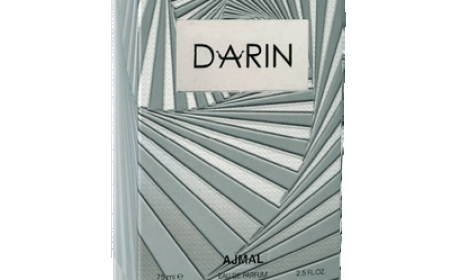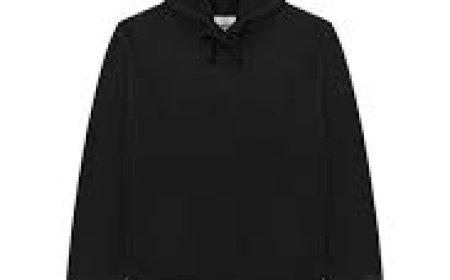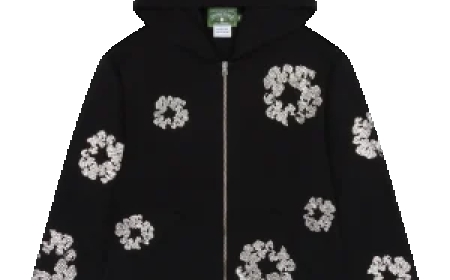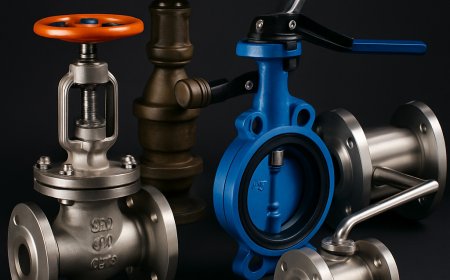The Ultimate Guide to Tree Pruning: Techniques, Benefits, and Timing
Tree pruning isn't just about keeping things tidy—it's about fostering healthy, safe, and beautiful trees. With the right tools, timing, and techniques, you can transform your yard and extend the life of your trees. Whether you’re snipping a few branches or planning a major prune, a little knowledge goes a long way. So grab those shears and get growing!
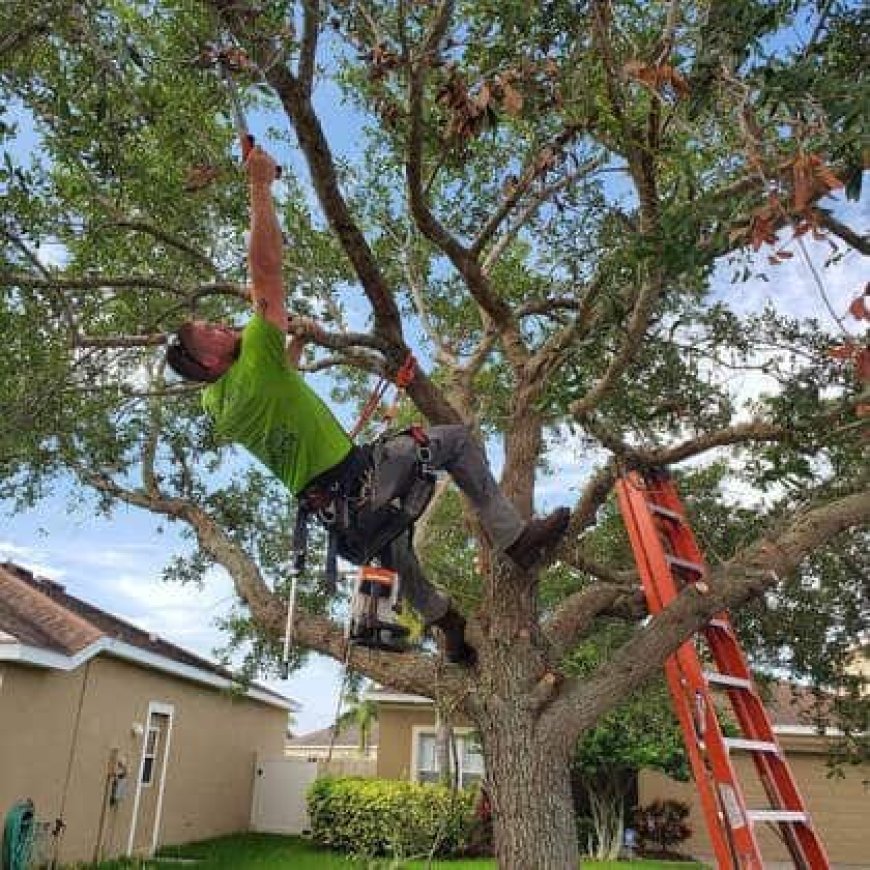
Ever looked at a tree and thought, Yikes, that thing needs a haircut? Thats where tree pruning comes in. Pruning is more than just cutting off a few branchesit's about health, beauty, and safety. Whether youve got a backyard orchard or a single shade tree in your front yard, this guide will walk you through everything you need to know.
What is Tree Pruning?
Tree pruning is the strategic removal of branches to enhance the health and structure of a tree. Its not just for looksthough thats a big perk. Think of it like a wellness check-up and makeover rolled into one.
Tree Pruning vs. Tree Trimming
People often use these terms interchangeably, but theyre a bit different. Trimming is mostly cosmeticthink shaping shrubs and tidying hedges. Pruning, on the other hand, targets growth problems, disease, and safety hazards.
Common Misconceptions
One myth is that pruning always hurts a tree. Done right, it actually helps them grow stronger. Another? That pruning should be done anytime. Timing is everythingmore on that soon.
Benefits of Tree Pruning
Health Benefits for Trees
Removing dead or diseased limbs allows trees to focus their energy on healthy growth. It also prevents disease from spreading and pests from moving in.
Safety for People and Property
A broken limb during a storm can spell disaster. Pruning reduces the risk of falling branches, protecting your home, your car, and your loved ones.
Aesthetic and Landscape Design
Pruning can turn a wild, scraggly mess into a sculpted showpiece. It highlights your landscaping and adds curb appeal.
Boosting Fruit and Flower Production
For fruit trees and flowering varieties, pruning encourages more blooms and better yields. Less wood, more fruitsimple math!
When is the Best Time to Prune Trees?
Seasonal Guide to Tree Pruning
-
Winter: Best time for most trees. No leaves make it easier to see what youre doing.
-
Spring: Okay for some species but avoid early bloomers.
-
Summer: Good for correcting shape and slowing down fast-growing trees.
-
Fall: Generally a no-go. Trees are preparing for dormancy.
Types of Tree Pruning Techniques
Cleaning
Removes dead, diseased, or broken branches. Think of it as the "spring cleaning" of your tree.
Thinning
Selective removal of branches to improve light penetration and air movement. Great for preventing disease.
Raising
Lifts the canopy by removing lower branches. Perfect if you want to clear space over a sidewalk or driveway.
Reduction
Reduces the height or spread of a tree. Ideal for keeping trees away from power lines or buildings.
Pollarding and Topping: What to Avoid
Avoid topping at all costsits harmful and ugly. Pollarding can be okay when done professionally, but its not for every tree.
Tools Youll Need for Effective Pruning
Must-Have Hand Tools
-
Hand pruners: For small branches
-
Loppers: For medium limbs
-
Pruning saw: For thick branches
Power Tools for Bigger Jobs
-
Chainsaw: Only for experienced users
-
Pole pruner: Helps reach tall limbs safely
Safety Equipment Essentials
-
Gloves
-
Helmet or hard hat
-
Safety goggles
-
Sturdy ladder
Step-by-Step Tree Pruning Guide
Assessing the Tree
Look for dead, damaged, or diseased branches. Also check for branches growing inward or crossing each other.
Making the Right Cuts
Always cut at a 45-degree angle above a bud that faces the direction you want the branch to grow. Dont leave stubs!
Avoiding Common Mistakes
Never remove more than 25% of a trees canopy in one season. And avoid pruning during active growth unless absolutely necessary.
Tree Pruning by Tree Type
Deciduous Trees
Best pruned in late winter. Focus on structure and removing weak branches.
Evergreen Trees
Usually need less pruning. Just clean up dead or diseased areas.
Fruit Trees
Annual pruning boosts production. Thin out crowded limbs and remove suckers.
Ornamental Trees
Prune for shape and size. Be gentlethese trees are often more delicate.
Signs That a Tree Needs Pruning
-
Dead or hanging branches
-
Branches that touch your home or power lines
-
Visible disease like fungus or rot
-
Overgrowth that blocks sunlight or views
DIY vs. Hiring a Professional
When to Do It Yourself
If the branches are low and your tree is small, go for it. Just be sure to use the right tools and wear protective gear.
When to Call an Arborist
Big tree? Branches near power lines? Not sure what to cut? Time to call in the pros. It's worth the peace of mind.
Tree Pruning Safety Tips
How to Protect Yourself
Wear gloves, goggles, and boots. Use a stable ladder and never prune during wet or windy weather.
Preventing Tree Damage
Make clean cuts and avoid tearing bark. Dont prune too much or too often.
Common Tree Pruning Mistakes to Avoid
Over-pruning
Too much pruning can stress a tree, making it vulnerable to disease and pests.
Cutting at the Wrong Time
Pruning at the wrong season can shock the tree and reduce flowering or fruiting.
Tree Pruning and Local Laws
Permits and HOA Guidelines
Some cities require permits for pruning large or protected trees. Always check before cutting.
Protected Tree Species
Cutting a protected tree can result in heavy fines. Know your local regulations.
Eco-Friendly Pruning Practices
Composting the Clippings
Turn your trimmings into compost instead of tossing them. Your garden will thank you.
Using Manual Tools
Manual pruners and saws reduce emissions and noisebetter for your ears and the planet.
Conclusion
Tree pruning isn't just about keeping things tidyit's about fostering healthy, safe, and beautiful trees. With the right tools, timing, and techniques, you can transform your yard and extend the life of your trees. Whether youre snipping a few branches or planning a major prune, a little knowledge goes a long way. So grab those shears and get growing!
FAQs
Q1: How often should trees be pruned?
A: Most trees benefit from pruning every 13 years, depending on species and growth rate.
Q2: Can pruning kill a tree?
A: Yesif done incorrectly or excessively. Stick to safe practices and dont overdo it.
Q3: Is there a difference between pruning and trimming?
A: Yes! Trimming is for aesthetics; pruning is for health and structure.
Q4: How much of the tree can I safely prune?
A: No more than 25% of the canopy in a single season.
Q5: Whats the average cost of professional pruning?
A: It varies, but typically ranges from $200 to $800 depending on tree size and location.






